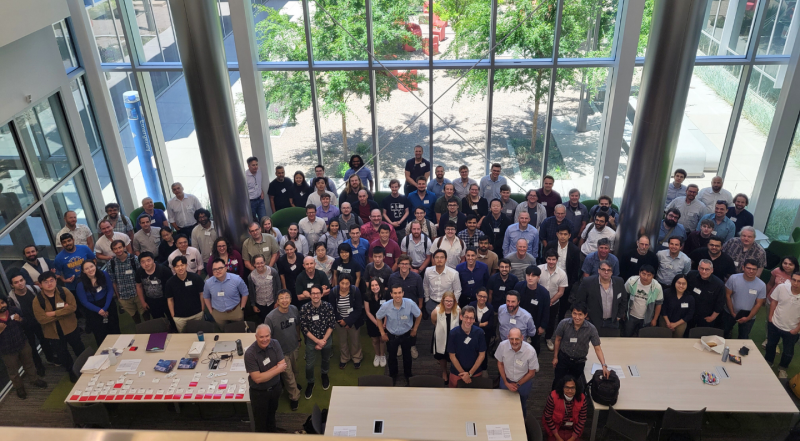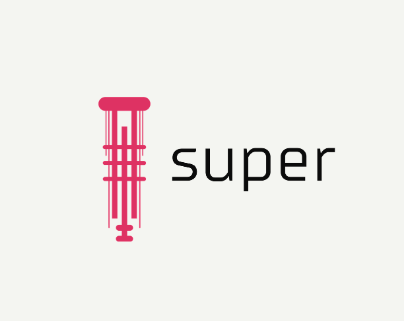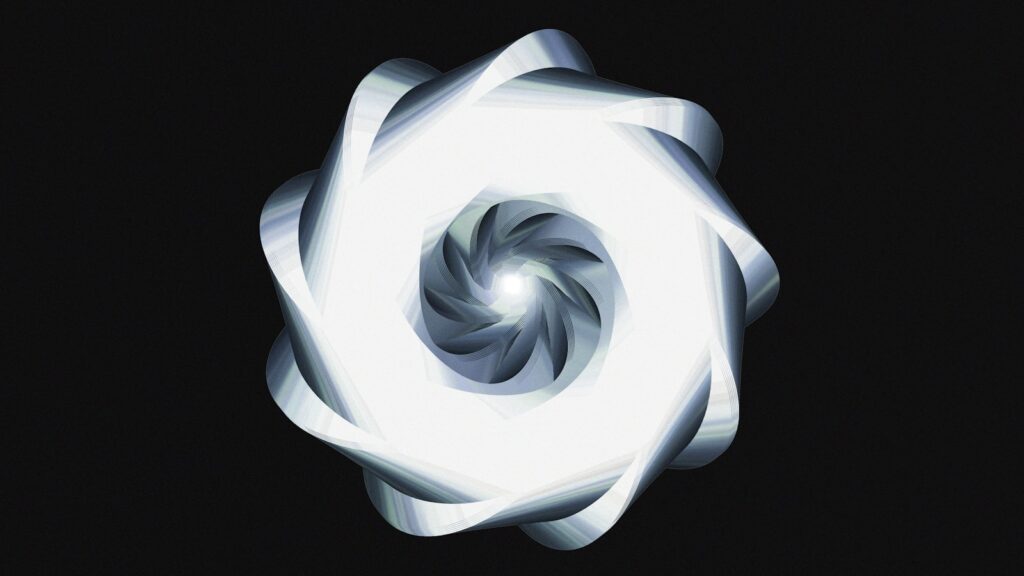Insider Brief
- Researchers funded by the Quantum Systems Accelerator (QSA) are using neutral atoms to develop scalable quantum computing platforms, marking milestones hardware stability, control and quantum operations.
- Advances in reconfigurable neutral atom arrays, including optical tweezers and error-correction techniques, are helping to build more accurate and reliable quantum systems, essential for complex simulations and computations.
- QSA’s collaborative efforts with top institutions, supported by funding from agencies like DARPA and NSF, are pushing the boundaries of quantum information science, making strides toward real-world applications in quantum computing.
PRESS RELEASE — Before quantum computers can solve complex problems, researchers must develop technologies that manage larger numbers of qubits (the building blocks of quantum computers) for extended periods. Neutral atoms play an important role in this effort and are promising for quantum computing because they offer a stable, controllable, and scalable platform for building qubits and implementing quantum operations. At first glance, a neutral atom—a particle with no net electric charge, balancing equal numbers of protons and electrons—may appear as a straightforward choice for quantum processors. However, like other types of qubits, they are susceptible to environmental noise and control imperfections that can cause errors in the quantum computer.
Collaborative research teams funded by the Quantum Systems Accelerator (QSA) have made significant strides in developing quantum computing hardware and techniques based on neutral atoms, moving the future of scalable quantum computing closer to reality. QSA, led by Lawrence Berkeley National Laboratory (Berkeley Lab) and funded by the U.S. Department of Energy, is a National Quantum Information Science Research Center that brings together more than 250 experts from 14 institutions. QSA-affiliated scientists have developed innovative methods for creating a stable, controllable, scalable platform for building hardware and implementing quantum operations.
Neutral atoms trapped in focused laser beams are less susceptible to perturbations from the environment, thus processing quantum information more effectively. By arranging neutral atoms in arrays, researchers can create larger quantum systems with dozens or hundreds of qubits, which are crucial for performing complex quantum simulations and developing large-scale quantum computers. Significant progress has been made on this front through QSA-funded research.

The QSA-funded development of the first reconfigurable arrays of neutral atoms marked a significant milestone in quantum computing. Researchers from Harvard, MIT, and other institutions demonstrated the use of “optical tweezers” that use focused laser beams to trap and position neutral atoms into specific configurations. This innovation, detailed in a paper published in Nature in 2021, allows for creating reconfigurable arrays, which are essential for the flexible design and optimization of qubits in quantum computers. The ability to precisely control the placement of atoms enhances the reliability and efficiency of quantum operations, paving the way for more powerful and scalable quantum computers. Their quantum simulator has already enabled the discovery of new quantum phases of matter and facilitated detailed studies of quantum phase transitions.
Reconfigurable neutral atom arrays were again the key technology in another significant QSA-led study published in Nature in 2023, in which researchers created accurate entangling logical gates, achieving two-qubit operations with a fidelity of 99.5%. Fidelity, a measure of how accurately a quantum operation is performed, is essential for building and scaling reliable quantum computers.
“Based on these studies, neutral atom arrays emerged as a leading platform for programmable quantum simulations and quantum information processing,” said Mikhail Lukin, co-director of the Harvard Quantum Initiative and a senior author of the study. “With the support of QSA, we redefined a frontier of quantum information science.”
Applying the lessons learned in these two earlier QSA-funded studies, the Harvard and MIT QSA research group, in collaboration with QuEra Computing, recently published new experimental results in Nature showing how reconfigurable atom arrays can result in fundamental improvements in error correction techniques, crucial for reliable quantum computing. By addressing errors more effectively, the quantum processor can perform more complex calculations with higher accuracy. Funded by the Defense Advanced Research Projects Agency (DARPA), Intelligence Advanced Research Projects Agency (IARPA), and National Science Foundation, this latest study explores innovative scientific approaches to improve the robustness of quantum systems, pushing the field’s boundaries.
In another study, partially funded by QSA and conducted by an interdisciplinary team from the University of Chicago, Harvard, Caltech, and the University of Arizona, researchers developed an experimental and theoretical blueprint for a special kind of error-mitigating codes known as quantum low-density parity-check (qLDPC) useful for scaling quantum algorithms. In the study, these qLDPC codes efficiently managed errors by utilizing neutral atoms as the core technology, a task that would normally require thousands of logical qubits. By simulating the rearrangement of atoms, the researchers could reduce the overhead, allowing the system to maintain high performance without requiring excessive resources.
“The fundamental scientific explorations supported by QSA were central to these advances,” said Lukin. “Working through QSA, we were able to collaborate and access the resources across institutions and different expertise we needed to move the entire field of quantum information science to the next level.”
QSA is one of the Department of Energy’s five National Quantum Information Science Research centers, focusing on all three major technologies for quantum computing: superconducting circuits, trapped-ion systems, and neutral atoms. In addition to co-designing and engineering new quantum hardware, QSA team members are developing software control systems to operate these devices and algorithms for important physics, chemistry, materials, and biology applications. By collaborating on all aspects of quantum technology, the Center is helping shift the field from theories to real-world tools.


















